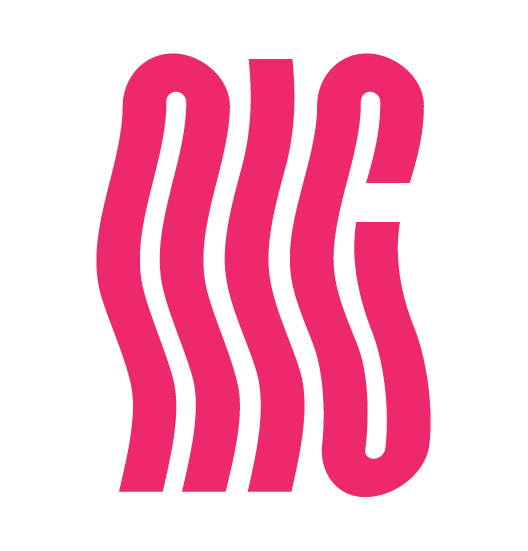NHS Appointment Booking
In the midst of a major digital transformation, the UK’s National Healthcare System introduced the NHS App. With an aim to empower patients to easily book appointments with their GP, order prescriptions, access their records, and more, the app launched the NHS into the 21st century.
Role
UX / UI Designer
Researcher
Services
End-to-end appointment booking flow
Validation through usability testing
Team (5)
User researcher, content designer, business analyst, developer, and myself
The Ask
The NHS App required a full redesign of the appointment booking journey. As the Interaction Designer, I worked to discover and meet user and practice needs over the course of a 3-month placement at NHS Digital. I employed the GDS (Government Digital Services) design system to reassess the existing approach, bolster existing research, participate in user interviews and usability testing, and collaborate with front-end developers to manage feature releases and updates.
Research & Discovery
Current search experience audit
This all-on-one-page flow was the existing appointment booking journey, requiring users to select 1. the type of appointment they need, 2. the location (if there are multiple locations for their General Practitioner), and 3. the member of staff they would prefer to see.
Pain points of this experience included displaying the results of their search often displayed below the fold and hidden from view, as well as the forced drop-down (even if there was only one option available within the selector, it was a forced interaction). In addition, the drop-down text was small and not easily viewed by older or visually impaired users.
a. additional info added by specific GP’s to explain appointment types
b. even if a location has 1 option, users must use drop-down to select
c. patients may prefer to see a specific practitioner
d. appointment slots that users select in order to proceed with booking
Search building blocks
1. Time of appointment: Users either need an appointment urgently, or one that fits their schedule
2. Appointment type: This dictates the clinicians available to select from, (sometimes) the location, and appointment times
2. Member of staff: Users may not care at all who they see, or they might only want to view available appointments with 1 GP; Users might also have a preference about the gender of the clinician that they will see
4. Location: Most GP’s only have 1 location; a few have more than 1 location
User mental models
From user needs I created four mental models for approaches booking:
1. Urgent appointment booking: "I need to book the soonest available appointment”
2. Type-specific appointment booking: "I need to book a specific appointment type”
3. Clinician-specific appointment booking: "I need to book an appointment with this GP member of staff”
4. Repeat appointment booking: "I need to book my next regularly occurring appointment"
This gave clarity to the process of re-designing the existing journey.
Design & Iteration
First round
The first re-design of the booking journey incorporated checkboxes rather than drop-downs, and broke up the questions into a step-by-step process.
Gathering feedback
I visited one-stop health centres, hospitals, libraries and student unions to gather feedback. We asked users to recreate the last appointment they booked, as well as questions about their approaches to appointment booking in general, to test our understanding of the different mental models
One key finding was that patients generally prefer to skip through the search process and go straight to view all available appointments. I made sure to take note of this and incorporate that trend and preference into the new user journey.
Prototyping, Usability testing
The NHS Digital team prototypes in code and used these realistic, live versions to test in usability labs. We generally spoke to about 6 or 7 people in a day, taking notes and observing how the users interact with the app. Through 3 rounds of design iterations, we were able to improve the appointment booking process in phases.
Solution & Learnings
Simplified search flow
After adapting and incorporating user feedback from the usability testing sessions we landed on a flow. From the most impactful choice (type of appointment) to least, we reconfigured the search flow to quickly walk the user through a series of questions to determine their preferred appointment.
The final design we landed on satisfied all parties - the practitioners, developers, product managers, user researchers, content designers - but most importantly, it was straightforward and easy to use for the patients.
Example search flow
Bonus project…
Fun fact - as my visa was ending in the UK and I had to return to the USA in March of 2020, the final project that I worked on was to design the very first Covid-19 informational alert on the app. History in the making…






